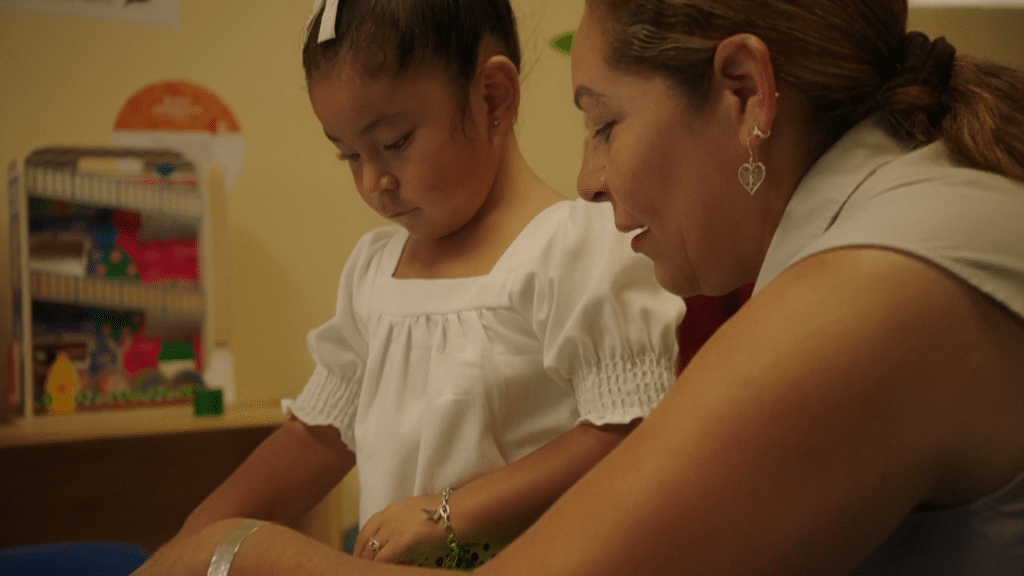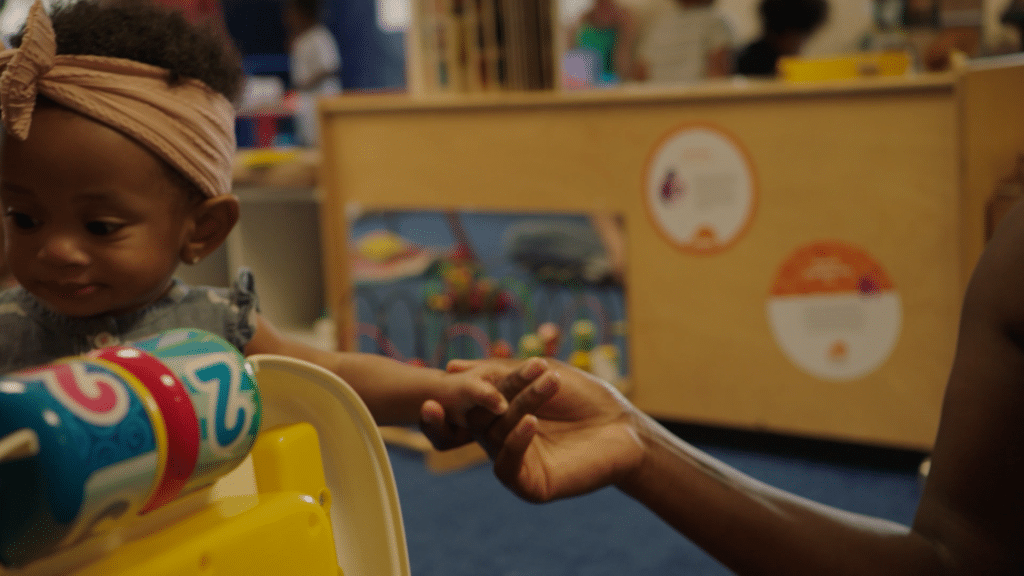Thirty years into global climate efforts, one truth stands out: progress is possible—but only with long-term commitment. When international negotiations began in the early 1990s, the world was on track for nearly 6°C of warming by the end of the century. Today, thanks to sustained action from global agreements to local leadership, that projected trajectory has dropped to around 2.7°C. That’s a meaningful shift, and it’s powerful evidence that collective action works. But it’s still far from the 1.5°C global goal, and still potentially devastating for many communities. We’ve seen what’s possible when governments, civil society, and communities align around a shared sense of urgency and purpose.
As leaders gather in and around Belém, Brazil, for COP30, the 30th annual U.N. climate summit, we face an inflection point. This can’t be just another summit. It must be a recommitment—to the people and solutions already bending the curve, and to the long-term, coordinated global action still needed to protect lives, ecosystems, and futures. In a time of accelerating climate impacts, shrinking civic space, and fragile global cooperation, philanthropy’s voice and support matter more than ever. We can help keep the focus on what works—and on the people doing the work.
That includes listening to and investing in local leaders who are not only responding to the moment but also helping chart a path forward. At the Packard Foundation, we work with people and communities to create enduring solutions for just societies and a healthy, resilient natural world. Our experience shows that we don’t have to choose between cutting emissions and helping people adapt. We have found urgent and effective climate solutions that do both—they lower carbon while improving daily life and meeting the needs of local communities — whether that means access to clean, affordable energy, better livelihoods, or greater resilience in the face of ever more severe weather.
In this moment that demands action, many countries are falling behind in updating their national climate plans under the Paris Agreement — the global accord to limit warming to well below 2 °C and strive for 1.5 °C. And among those that have submitted plans, the pace and scale of action still fall short of what’s needed.
Philanthropy can help turn commitments into real-world progress by:
- Backing local leadership and protecting civic space. Durable climate progress depends on the ability of civil society leaders to speak out, organize, and shape solutions. We support efforts that protect and expand civic space so local leaders can do their work safely and effectively.
- Holding steady or growing climate commitments. Multi-year support enables partners to build on progress, rather than start from scratch with each new grant cycle. That’s why we make long-term commitments and invest in those working directly with communities. Since the early 2000s, we’ve committed more than $1.2 billion to climate action, helping build the institutions and field capacity needed for lasting change.
- Coordinating, not duplicating. Funding and joining collaboratives like Forests, People, Climate (FPC); the Climate and Land Use Alliance (CLUA); and Ocean Resilience and Climate Alliance (ORCA) help philanthropy go further, faster. FPC is working to halt tropical deforestation and reduce emissions by 15% by 2030 by shifting market and policy conditions, aligning economic incentives, and supporting Indigenous and community stewardship. And ORCA has mobilized over $300 million to scale ocean-based climate solutions, from renewables to coastal restoration. Both show what’s possible when funders align around shared goals.
- Investing in science that informs solutions. Through the Packard Fellowships in Science and Engineering and research institutions like the Monterey Bay Aquarium Research Institute (MBARI), we support innovation that expands our understanding of climate systems, ocean health, and ecological resilience. This science strengthens policy, informs adaptation strategies, and equips leaders to respond to evolving climate realities.
- Strengthening community resilience. Building the capacity of communities to adapt and thrive amid change is central to lasting climate solutions. We invest in organizations that help build local leadership, improve access to resources, and ensure that solutions are responsive to community priorities.
These are defining times. What we choose to do now matters. By holding steady and investing wisely—supporting local leadership and aligning through collaboratives, strengthening communities, and backing the science that guides us—we can stay focused on what works. That’s how we turn global commitments into lasting progress for people, communities, and the planet we share.





